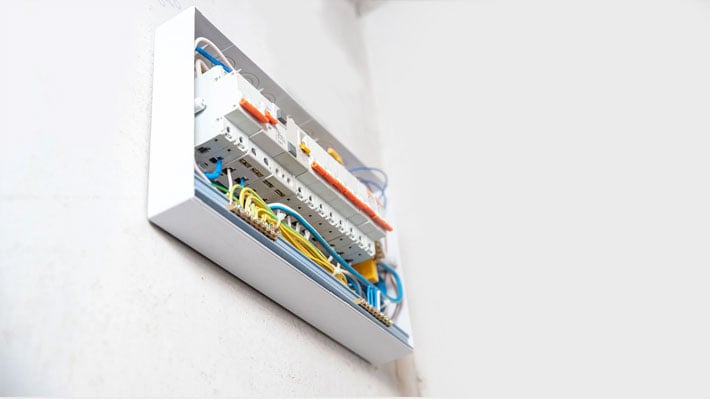
The evolution of electronics enclosures in the plastic injection molding industry has been largely inspired by advancements in production technology and materials science. Moreover, the requirements for modern electronics devices have tended to grow increasingly complex: complicated designs, component miniaturization, and custom electronics integration have all become standard procedure for many devices.
Custom electronics enclosures have likewise evolved to meet these new challenges, along with the manufacturing methods that we use to produce them.
An Overview of Innovation in Electronic Enclosures vis-à-vis Injection Molding Services:
Innovations in Materials Science for Injection Molded Plastics
Traditionally, injection molded electronics enclosures were primarily made from conventional plastics, most commonly ABS and polycarbonate. These common materials can still provide a good balance of strength, durability, and cost-effectiveness.
However, the industry has seen increasing adoption of specialized materials such as engineered plastics with enhanced mechanical or electro-mechanical properties. For example, the development of high-temperature thermoplastics allows for custom enclosures that can withstand more demanding industrial operating conditions. Likewise, the adoption of digital connectivity such as Wi-Fi and Bluetooth has inspired new enclosure materials and designs which minimize signal interference.
Design for Manufacturability (DFM) in Electronics Manufacturing Services (EMS)
With advancements in injection molding technology, designers can create complex and intricate enclosure designs. This allows for better integration of components, improved functionality, and more compact designs.
Emphasis on durability and weatherproofing has led to the use of more robust enclosure designs that offer long-term protection. This is especially important in portable electronic devices as well as outdoor electrical installations. Additionally, as electronic components become smaller and more powerful, the need for compact and thin enclosures has increased. Injection molding allows for the production of precise and intricate details, facilitating the creation of smaller enclosures.
Testing Highly Customized Enclosure Designs with 3D Printing
Continued development of 3D printing technologies and materials have enabled companies to test and rapidly iterate through the design phase. Whereas before companies would have needed to machine a prototype, an expensive and time-consuming process, a new concept can be tested often within the same day. In this manner, companies can improve their confidence in the final product before committing to volume-based manufacturing such as injection molding.
Achieving Better Environmental Sustainability
There is a growing emphasis on using environmentally friendly materials and recyclable plastics for electronic enclosures. This aligns with broader trends in sustainability and corporate responsibility throughout the modern American manufacturing sector.
Quality Plastic Injection Molding Services for Custom Electronic Enclosures
AIM Processing provides unparalleled experience in the total engineering, manufacturing, and integration of custom plastic electrical enclosures. As an ISO 9001:2015 registered American manufacturer, we are committed to delivering the highest of quality standards and responsive customer support for your entire project.

 SINCE 1993 MADE IN USA
SINCE 1993 MADE IN USA 

